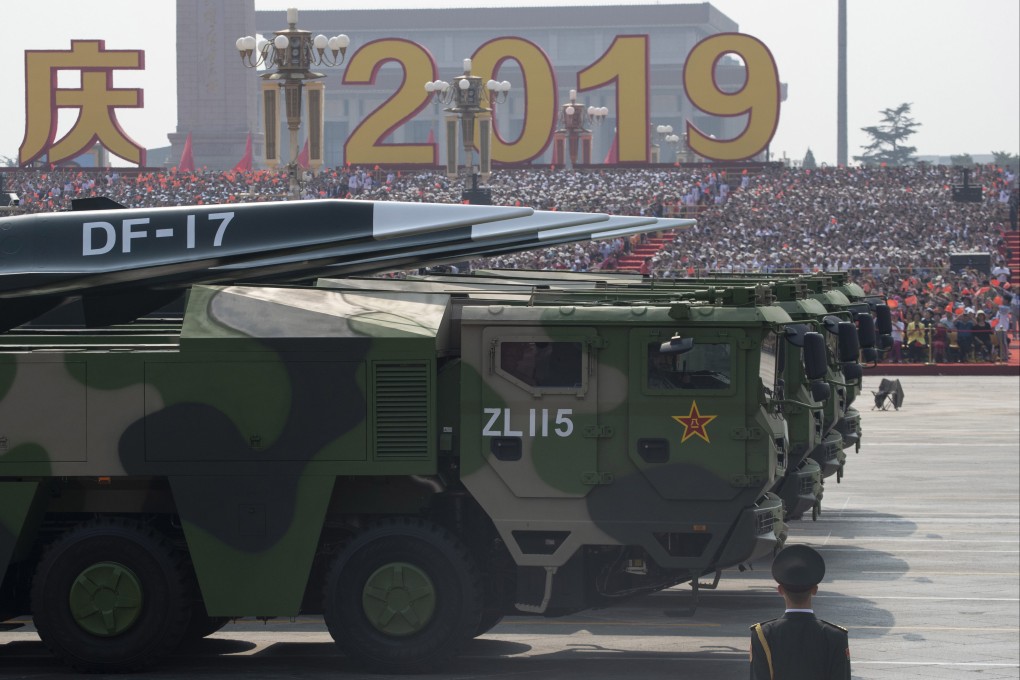Opinion | China’s reported hypersonic missile test is not a ‘Sputnik moment’, but is still cause for concern
- The test, should reports be accurate, is neither of drastically new technology nor does it showcase capabilities the US does not possess or has not already considered
- Nevertheless, that China is developing such systems indicates it is seeking ways to circumvent and defeat the US’ missile defence system

Cold War nostalgia is very fashionable, it seems. Most worryingly, perhaps, a bilateral nuclear arms race is again under way, which requires deeper examination.
The Financial Times on October 17 reported on a new military capability China had tested – a hypersonic orbital nuclear delivery system. According to the report, “the Chinese military launched a rocket that carried a hypersonic glide vehicle which flew through low-orbit space before cruising down towards its target”.
Such a system, which could strike a target anywhere on the globe, could be used for both a nuclear strike and deterrence.
The media response has been unsurprisingly alarmist. The managing editor of Politico said the news had “all the elements of a Sputnik moment”. But the test is neither a Sputnik moment, nor something to be glibly dismissed.
